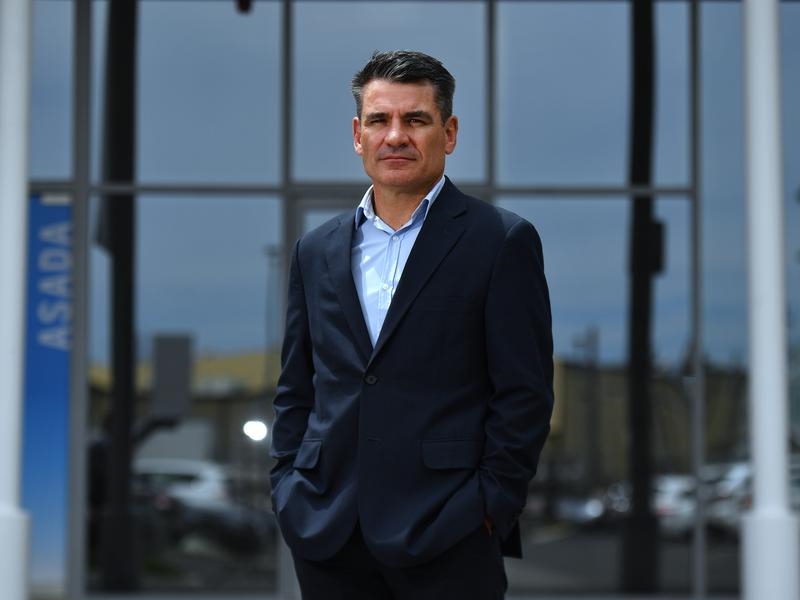
ASADA boss David Sharpe admits it was “never ready” for Essendon and Cronulla but added nobody was ready for the doping cases that rocked a nation.
The AFL and NRL were stunned by the doping scandals which began at the Bombers and Sharks in 2011.
There were 34 Essendon players banned for 12 months in 2012 after a Court of Arbitration for Sport ruled the players were injected several times with a banned substance.
Then 10 Cronulla players accepted a doping ban in 2014 as the result of their drugs scandal which involved growth hormone-releasing peptides.
It dragged both clubs and codes through the mud for several years, but Cronulla recovered to win the NRL premiership in 2016.
Australian Sports Anti-doping Authority chief executive Sharpe took the ASADA top job in 2017 and said one of his first orders of business was talking to Essendon.
“Every single thing we do. Every case we look at, we look to what we’ve got to learn from it,” Sharpe told AAP.
“You look at Essendon and Cronulla – unprecedented in sport. ASADA was never ready for it, the government was never ready, Essendon and Cronulla were never ready and the NRL and AFL weren’t ready.
“People are writing books and you can go back and look at the Essendon 34 and all the rest but I look at it in where we’ve come from and what we’ve done as an organisation.
“I look at what Essendon has done and we have a close relationship with Essendon because I went and saw them straight up.
“I said what did you learn and their response has been incredible. The NRL and AFL responses around integrity was incredible because no one was prepared for it.”
Sharpe admitted ASADA was far from perfect dealing with the cases but emphasised his organisation was constantly improving.
“It’s automatically a process of ours that we will review (every case),” Sharpe said.
“We’ve seen a lot of high-profile cases, do we sit there and say we got them right? No. We sit there and say what can we do better. What can we do if this happens next time.
“What we’ve learnt from it is, we need to be more engaged, we need to be more education focused, we need more awareness in providing messages.”
